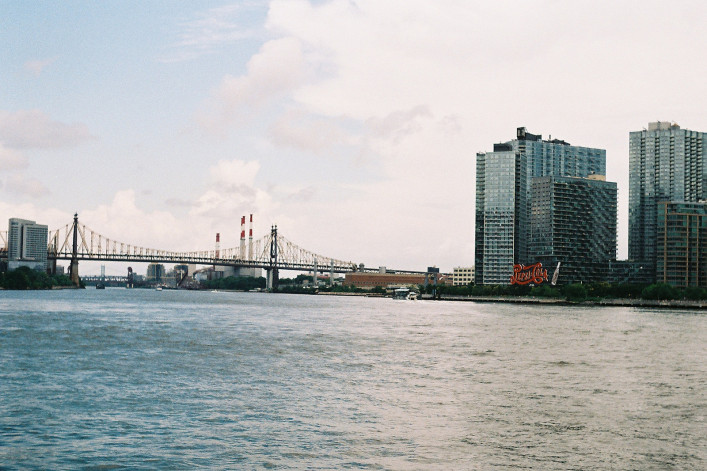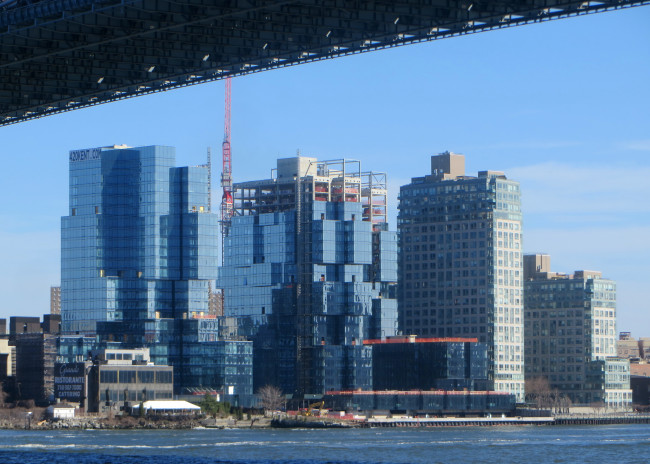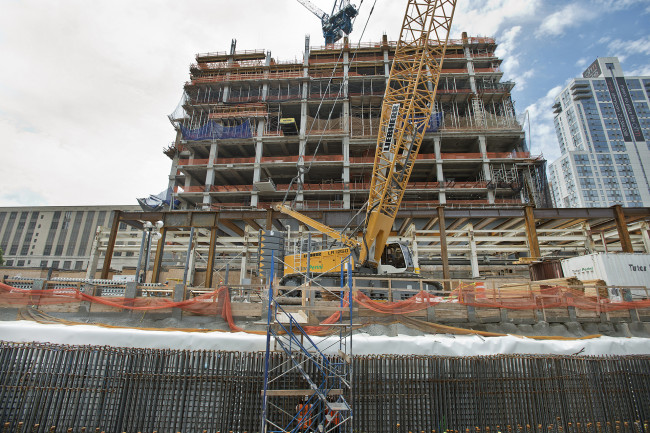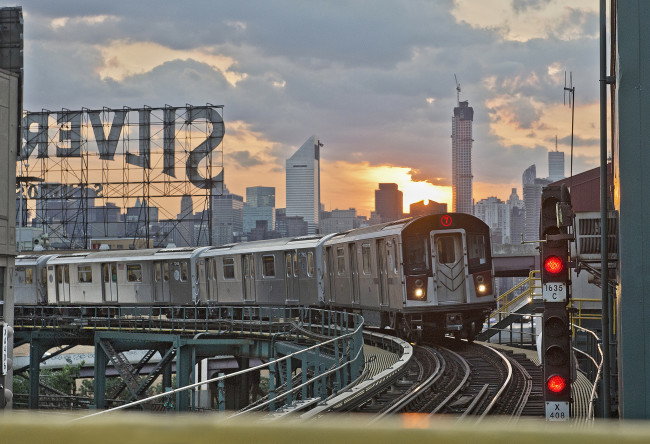What happens to apartment prices and rents if Amazon's HQ2 lands in Long Island City?
The news that Amazon is nearing a deal to move as many as 25,000 employees to Long Island City is likely being welcomed by the city’s landlords and developers, who have lots of apartments to fill. But for NYC renters and buyers, the outlook is not as positive, as the impact is likely to raise rents and apartment prices, further exacerbating New York City's affordability crisis.
And critics are questioning whether the area’s already stretched infrastructure can handle the influx of workers, considering that trains connecting Long Island City to Manhattan are already regularly filled to capacity.
Jonathan Miller, president of the appraisal firm Miller Samuel, says the retailer’s unexpected decision to split its new headquarters between LIC and Crystal City, Va., hasn’t been officially confirmed, but “assuming it happens, it is going to be a white knight for the development community in that area." He says the promise of thousands of Amazon workers, earning higher than average wages, is a “perfect fit for luxury rentals,” which could be viewed as a “bailout for the development community.”
That’s because, in the rental market, there’s already an oversupply of apartments—about 11,700 units are expected to come online by 2020, according to the Long Island City Partnership. Thousands of new workers coming to the area could easily address the abundance. “It's possible that instead of raising face rents, this could eliminate the need for landlords to offer concessions,” says Miller.
Record pricing in Queens
On the sales side, housing prices in Queens have been at or close to record levels for a couple of years. An injection of high-paid workers could push prices up, adding to the affordability challenge. This news could “set off a new wave of housing speculation,” according to Grant Long, senior economist with StreetEasy. He says, “homes in less-dense areas adjacent to Long Island City, such as Sunnyside, Astoria, and Greenpoint, are likely to see some of the largest uptick in demand in the long run.”
More pressure on affordable housing
Real estate affordability is something that already plagues the city. Long says, “Amazon would be the latest in a long chain of large corporations to tap New York City’s deep pool of highly skilled labor, despite its high cost of living. This trend that has pushed up wages broadly but unevenly, exacerbating a housing affordability crisis has transformed neighborhoods and posed challenges for middle- and lower income- families through the city.”
On the flip side, the jobs brought to the area will be as diverse as Amazon’s portfolio—from technology and transport logistics to film and TV production.
The spillover to other boroughs
Brooklyn and Manhattan may feel some of the effects as well. The Real Deal points out, the luxury mega-project of Hudson Yards, near Amazon’s current NYC office, is a short ride away on the 7 train, making it a possible housing choice for Amazon execs.
Parking and environmental issues
According to a report from Localize.city, which provides NYC real estate insights, Long Island City has the largest number of apartments currently under construction.
Stephen Albonesi, an urban planner with Localize.city says, “if any area in New York is poised for a major influx in residents, it's Long Island City, where a building boom is already remaking much of the area and where residents have been grappling with how to meet the demands of thousands of new people.”
Consider the rise in complaints about parking and blocked bike lanes. Data from Localize.com shows the area saw more than 4,000 parking-related complaints in one year and is already in the top 10 neighborhoods for parking placard abuse, when drivers (with placards) block crosswalks, fire hydrants and bike lanes.
Clearly there’s still plenty to do, including a clean up of Newton Creek, the nearby Superfund site. Another problem is flooding. According to Localize.city’s analysis of flood-prone areas, 2,000 new apartments currently under construction in Long Island City are in the city’s 100-year-flood zone identified by FEMA, meaning there’s a 1 percent risk of a flood event each year.
2001 rezoning impact
Over-development in LIC has been a concern even before Amazon’s news broke.
The Municipal Art Society of New York just released a new report, which includes a look at the impact of the 2001 rezoning in Long Island City. The city, MAS argues, failed to anticipate the scale of new development that the zoning change stimulated.
For example, according to MAS, the city calculated that LIC would see just 300,000 square feet of residential development across 300 new units. But 8.74 million square feet in new residential development across more than 10,000 new units have been created.
“Residents have been left to shoulder the burden of these miscalculations,” says Elizabeth Goldstein, president of MAS. “Given the breaking news this week of Amazon’s potential move to Long Island City, the concerns outlined in our report should provide a clarion call for the need to resolve livability issues now.”
The report also found that since 2000, the median household income has risen 230 percent, from $53,000 to $123,000. Average ridership at the neighborhood’s two main subway stations (Court Square and Queensboro Plaza) has increased at seven-times the city-wide rate over the last six years.
You Might Also Like






























